Australia’s birds are some of the most vibrant and diverse in the world, from the cheeky rainbow lorikeet to the melodic magpie. But as urban sprawl encroaches on natural habitats, it’s becoming more important than ever to support our feathered friends in our own backyards.
Creating a bird-friendly fall garden is an easy and rewarding way to provide food, shelter, and nesting spots for local birds. Here’s how to create a bird-friendly garden that attracts and supports Australia’s unique birdlife.
1. Create a “Bird Café” with Seasonal Food Sources
Think of your garden as a bustling café for birds, offering a seasonal menu that changes throughout the year. Just like we enjoy fresh, seasonal produce, birds rely on a continuous supply of nectar, berries, and seeds to keep them well-fed and thriving. By planting a diverse mix of native flowering and fruiting plants, you can ensure there’s always something on the table—no matter the season! Here’s what you can sow in different seasons:
- Summer Specials: Refreshing nectar-filled delights like Bottlebrush (Callistemon), Grevillea, and Paperbark (Melaleuca) will keep honeyeaters and lorikeets coming back for more. These vibrant plants burst into bloom under the summer sun, creating a colourful and energy-rich buffet for nectar-feeding birds.
- Autumn Harvest: As temperatures cool, fruiting plants take centre stage. Lilly Pilly and Midyim Berry offer a feast of juicy berries that attract figbirds, silvereyes, and fruit doves, ensuring your garden remains a favourite dining spot.
- Winter Warmers: When food is scarce, tough winter bloomers step up to nourish your feathered guests. Banksia and Hakea provide vital nectar for honeyeaters, while Wattles (Acacia) produce nutrient-rich seeds for finches and rosellas, helping them stay strong through the colder months.
2. Design “Bird Zones”
Turn your garden into a bird paradise by creating zones that cater to different species. Each space serves a unique purpose—whether it’s for shelter, song, or sipping nectar—transforming your garden into a sanctuary tailored to their needs. Remember to use patio furniture covers to keep your furniture clean yet inviting for the birds.
- Hideaway Nooks for Small Birds: Create cosy corners with dense shrubs and evergreens where small birds like sparrows and finches can hide and nest. Planting thick foliage provides protection and a safe retreat from predators.
- Perch-Perfect Spaces for Songbirds: One of the best tips to attract songbirds in your backyard is to create open areas with tall trees for birds like robins to perch and sing. Adding a birdbath nearby turns this spot into a natural concert hall for their melodies.
- Nectar-Laden Corners for Honeyeaters and Hummingbirds: Plant nectar-rich flowers like trumpet vines and fuchsia for honeyeaters and hummingbirds. This colourful zone offers sweet nectar and a refreshing stop for these energetic birds.
3. Install a “Bird Spa”
Imagine a serene oasis in your garden, where birds can pause and refresh, whether it’s a classic birdbath, a gently trickling pond, or a dripper system. This “Bird Spa” will quickly become a popular hangout, especially during the scorching Australian summers when water is a precious commodity. Here are some tips for creating the perfect bird spa:
- Choose the Right Location: Place your birdbath, pond, or dripper system in a shaded area to protect birds from the sun and predators.
- Shallow Depth: Keep water sources shallow (about 2–3 inches) to accommodate small birds safely.
- Add Sloping Sides: If using a birdbath, choose one with sloping sides so birds can easily enter and exit.
- Include Water Movement: Use a dripper system or fountain to create gentle water movement, attracting more birds.
- Keep It Clean: Clean the water feature regularly to prevent algae buildup and maintain hygiene.
- Safety First: Ensure the area is free of predators like cats and include some low shrubs or trees nearby for quick escape routes.
- Seasonal Care: In colder months, keep water from freezing by using a heater or placing your birdbath in a sunny spot. You can also cover it with custom tarps to help insulate and prevent it from freezing.
4. Grow a Living Birdhouse
Why settle for a wooden birdhouse when you can grow one instead? By planting dense shrubs and climbing natives, you create a lush, natural shelter where birds can nest, hide, and raise their young. Unlike traditional birdhouses, native plants attract birds in autumn. “Living” birdhouse grows, blooms, and adapts with the seasons, providing food, protection, and a forever home for your feathered guests. Check out these quick tips for creating a living birdhouse:
- Plant Dense Shrubs: Bottlebrush, Grevillea, and Tea Tree offer thick foliage for safe nesting spots.
- Use Native Climbers: Hardenbergia (Native Wisteria) and Clematis create leafy hideaways on trellises and fences.
- Leave Some Hollow Logs: Parrots and kookaburras love natural tree hollows for nesting.
- Install Nesting Boxes: Supplement natural spaces with bird-friendly nesting boxes for extra shelter.
- Choose Multi-Season Plants: Select evergreens or year-round bloomers to provide constant cover and food.
5. Say No to Chemicals
Envision your garden as a thriving ecosystem where birds, insects, and plants support each other. The best fall gardening ideas for bird lovers focus on creating balance without pesticides, which harm insect-eating birds. Encourage insect-eating birds like wrens and swallows to naturally control pests and keep your garden thriving. Follow these eco-friendly gardening tips for fall:
- Ditch the Pesticides: Protect birds by avoiding chemical sprays that kill their food sources.
- Welcome Insect-Eating Birds: Attract natural pest controllers like blue wrens, swallows, and fantails.
- Plant Companion Herbs: Basil, marigold, and lavender help repel pests naturally.
- Encourage Beneficial Insects: Ladybugs, bees, and predatory wasps keep harmful bugs in check.
- Mulch and Compost: Healthy soil supports strong plants that resist pests naturally.
6. Create a “Bug Hotel”
When figuring out how to provide shelter for birds in fall, start by transforming your garden into an insect haven—birds will follow! A thriving insect population becomes a buffet for wrens, robins, and other bug-loving birds. Instead of tidying up every fallen leaf and branch, embrace nature’s chaos—leaf litter, deadwood, and mulch create the perfect hideouts for beetles and caterpillars, keeping your feathered friends well-fed and happy. These tips help building a bug-friendly habitat:
- Leave Leaf Litter: Fallen leaves shelter insects and enrich the soil.
- Keep Some Deadwood: Rotting logs and branches house beetles, grubs, and spiders.
- Use Mulch Generously: A layer of mulch encourages worms and soil-dwelling bugs.
- Stack Rocks and Twigs: Small crevices make great homes for beneficial insects.
- Plant Wildflowers: Native flowers attract pollinators like bees and butterflies.
7. Light Up the Night (Safely!)
Soft moonlight and twinkling stars should guide the way—not harsh artificial lights. Bright outdoor lighting can disorient migratory birds, disturb nocturnal species, and disrupt natural sleep cycles. By keeping things dim, you create a safer, calmer space for birds to rest and navigate. Check out these tips for bird-friendly lighting:
- Use Warm, Low-Intensity Lights: Soft amber or red hues are less disruptive to birds.
- Shield and Direct Lights: Aim lights downward to reduce sky glow and confusion.
- Install Motion Sensors: Limit unnecessary brightness by using lights only when needed.
- Turn Off Decorative Lights: Reduce outdoor lighting during peak migration seasons.
- Let Nature Shine: Enjoy the beauty of the night sky without excess artificial light.
8. Make It Fun with a Bird Watching Spot
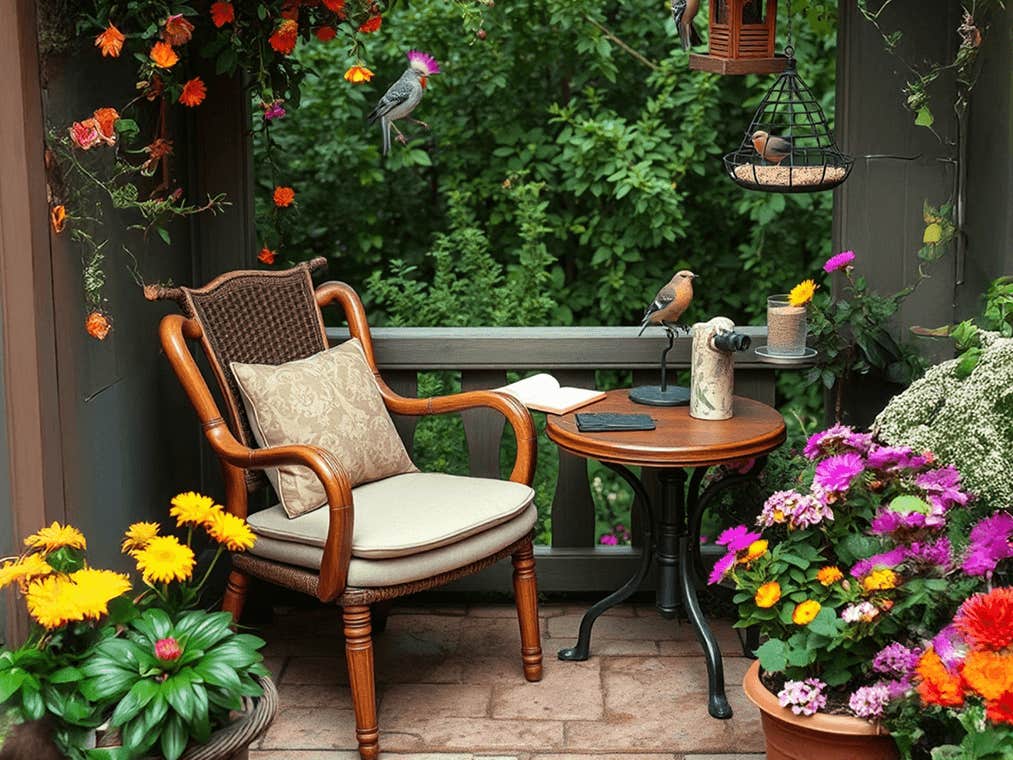
Designing a garden for bird watching is all about uncovering your fire pit covers, setting up a cosy, quiet spot with a bench adorned with waterproof cushion covers, a hammock, or even a window-side chair, and keeping binoculars handy for an up-close view of your feathered guests. Observing birds as they flit, forage, and sing brings relaxation, joy, and a deeper connection to nature. Try these tips to create a perfect bird-watching spot:
- Choose a Peaceful Location: Set up away from heavy foot traffic to avoid startling birds.
- Add Comfortable Seating: A bench, hammock, or even a shaded patio makes a great perch for you!
- Keep Binoculars and a Field Guide Nearby: Identify different species as they visit.
- Set Up Near Bird Zones: Position your spot near feeders, baths, or flowering plants.
- Journal Your Sightings: Keep a notebook to record new bird visitors.
9. Add Hollow Logs or Nesting Boxes
Many Australian birds, like Kookaburras and Rosellas, depend on tree hollows to raise their young, but these natural nesting sites are often scarce in urban areas. By installing hollow logs or nesting boxes, you provide a safe, cosy home for these birds and help them thrive in your garden. Follow these tips for setting up nesting boxes and hollow logs:
- Install Boxes at the Right Height: Place nesting boxes in trees or on poles, about 3-5 meters high, to mimic natural hollows.
- Use Natural Materials: Ensure boxes are made of untreated wood and have ventilation holes for air circulation.
- Provide Different Sizes: Offer a variety of box sizes to accommodate different bird species.
- Place Near Vegetation: Position boxes near shrubs or trees for added shelter and protection.
- Check and Clean Regularly: Maintain boxes to ensure they remain safe and inviting for returning birds.
10. Celebrate Your Birds with a DIY Feeding Station
Bring a touch of nature to your backyard with a DIY feeding station that caters to your feathered guests! Instead of relying solely on store-bought feeders, create a natural spread with fruit skewers (apples, berries) and native seed trays to give birds a helping hand, especially during the leaner seasons. While setting up, protect your outdoor furniture with chair covers and custom covers to keep them in top shape year-round. Here’s how you can set up DIY feeding station:
- Fruit Skewers: Thread apples, pears, or berries onto skewers for easy access to fresh, nutritious treats.
- Native Seed Trays: Fill shallow trays with seeds from native plants, like grass seeds and sunflowers, to attract local birds.
- Offer Fresh Water: Include a small birdbath nearby to provide hydration.
- Use Natural Materials: Avoid plastic and use wood or twigs to create hanging feeders or platforms.
- Keep It Fresh: Regularly replenish fruit and seeds, especially during winter or migration periods.
By implementing these tips, your backyard will transform into a vibrant haven for Australia’s native birds. Which feathered friends are you excited to welcome into your garden?


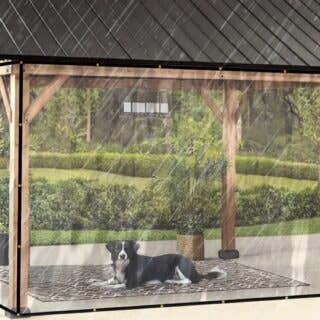
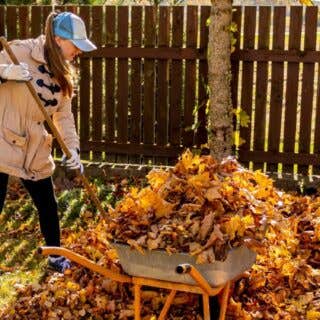



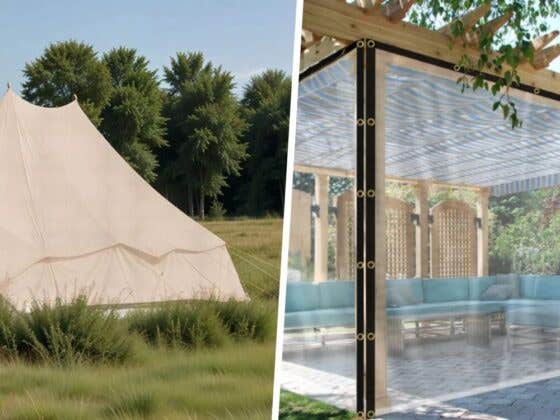



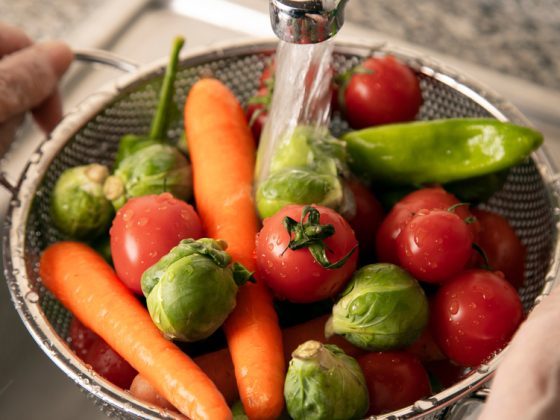

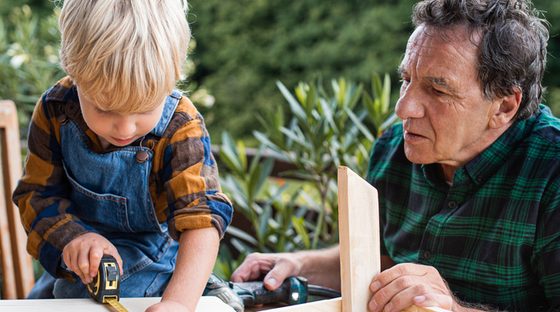
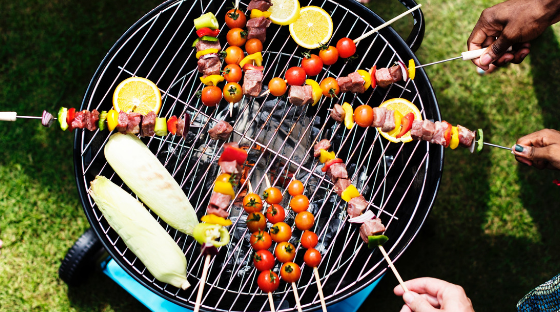
Recent Comments